Compost bin floor in contact with soil
Alico268
10 years ago
Featured Answer
Comments (18)
Kimmsr
10 years agoRelated Professionals
Brentwood Landscape Architects & Landscape Designers · Forest Park Landscape Architects & Landscape Designers · Mooresville Landscape Contractors · Bell Gardens Landscape Contractors · Cicero Landscape Contractors · Gaithersburg Landscape Contractors · Lemoore Landscape Contractors · Mission Viejo Landscape Contractors · Palatine Landscape Contractors · Pompton Lakes Landscape Contractors · Fredericksburg Decks, Patios & Outdoor Enclosures · Greeley Decks, Patios & Outdoor Enclosures · Lake Arrowhead Decks, Patios & Outdoor Enclosures · Olathe Decks, Patios & Outdoor Enclosures · South Houston Decks, Patios & Outdoor Enclosuresrobertz6
10 years agorobertz6
10 years agoKimmsr
10 years agorobertz6
10 years agonjitgrad
10 years agoKimmsr
10 years agoChicknpiza
8 years agojapus
8 years agobluegoat_gw
8 years agofloral_uk z.8/9 SW UK
8 years agoLoneJack Zn 6a, KC
8 years agojon2412
8 years agogumby_ct
8 years agotoxcrusadr
8 years agoLoneJack Zn 6a, KC
8 years agonancyjane_gardener
8 years ago
Related Stories

GARDENING GUIDESGet on a Composting Kick (Hello, Free Fertilizer!)
Quit shelling out for pricey substitutes that aren’t even as good. Here’s how to give your soil the best while lightening your trash load
Full Story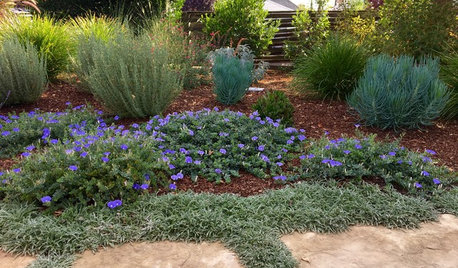
GARDENING GUIDESWhat to Do This Fall to Build Healthy Garden Soil
Take advantage of the cool season to improve soil texture and replenish nutrients
Full Story
FLOORS5 Benefits to Concrete Floors for Everyday Living
Get low-maintenance home flooring that creates high impact and works with home styles from traditional to modern
Full Story
GARDENING GUIDESGet the Dirt on Your Garden’s Soil
Understand how your soil supports your plants so you can ensure your garden’s success
Full Story
FALL GARDENING5 Ways to Put Fall Leaves to Work in Your Garden
Improve your soil and yard the organic way with a valuable garden booster that grows on trees
Full Story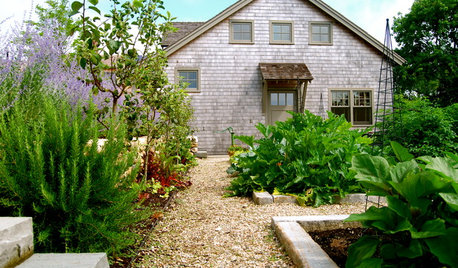
GARDENING GUIDESThe Simple Secret to Gardening Success
Learn the kinds of soil and a DIY type test to make sure you’re putting the right plant in the right place
Full Story
GARDENING GUIDESNew Ways to Think About All That Mulch in the Garden
Before you go making a mountain out of a mulch hill, learn the facts about what your plants and soil really want
Full Story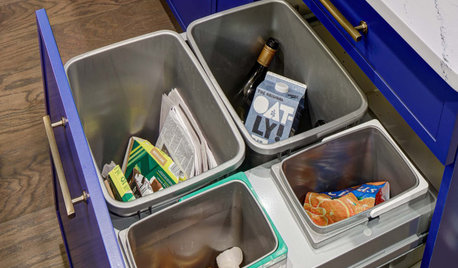
KITCHEN STORAGEHow to Get Your Pullout Waste and Recycling Cabinets Right
Personalize your kitchen waste storage with the best bin configuration and pullout system
Full Story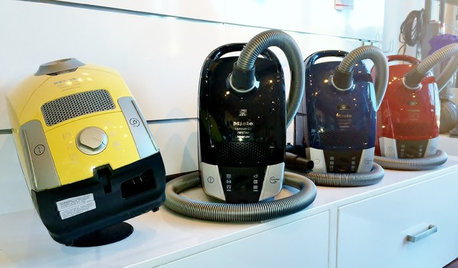
HOUSEKEEPINGHow to Choose the Right Vacuum
Upright or canister, for wood floors or carpet: These are just some of the things to consider when choosing a vacuum
Full Story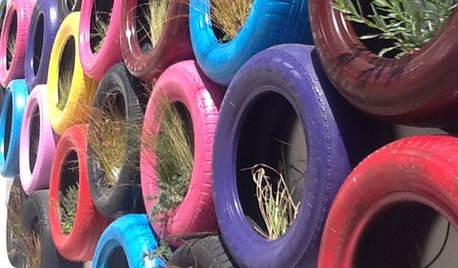
SALVAGECan We Bounce Some Great Recycled-Rubber Ideas Off You?
No need to bemoan that spare tire. Old rubber is getting a guilt-free second life as flooring, pavers, sinks and even furniture
Full StorySponsored
Columbus Area's Luxury Design Build Firm | 17x Best of Houzz Winner!
More Discussions






ericwi